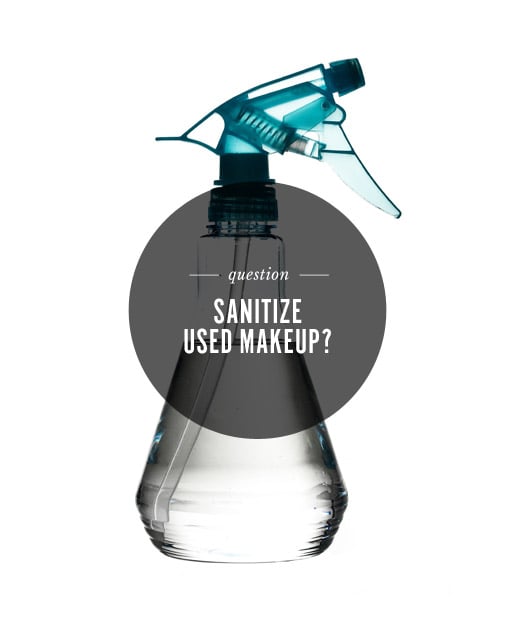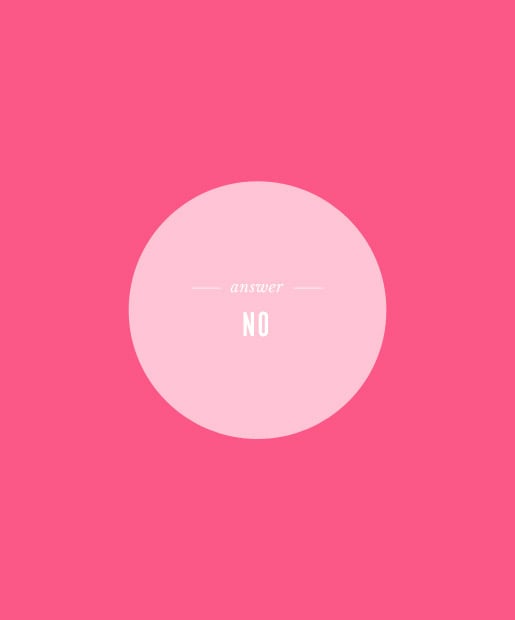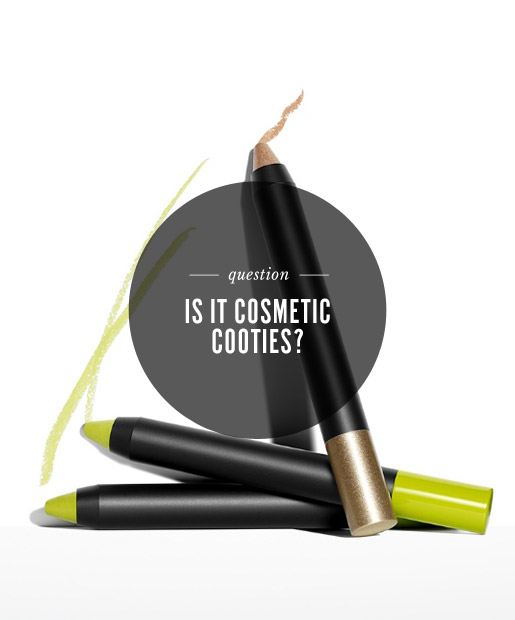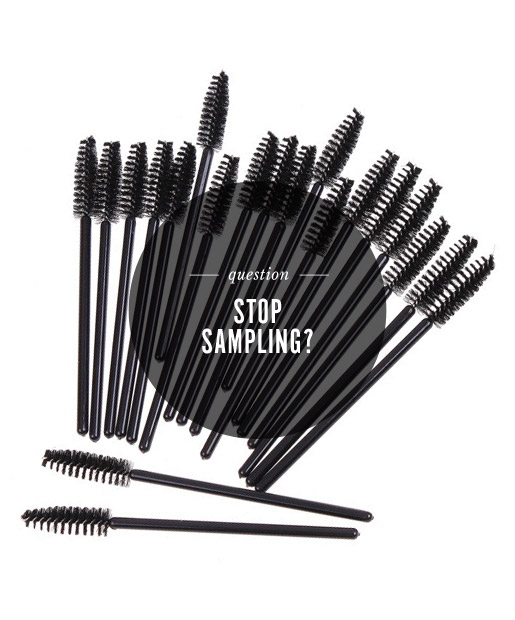"Viruses can't survive long enough outside the body to be transmitted through makeup that's been mailed and then properly sanitized. Using rubbing alcohol (of at least 70% volume or higher) and a spray bottle you can gently spray the top of your makeup and it should kill at least 99% of germs!" - Devin on Facebook
Experts say: I asked Hammer to watch the video posted on Makeup Exchange that instructs users on sanitizing makeup with alcohol before they ship it off to a new home, a practice many Facebook users also swore by. I was still skeptical -- it can't be that easy, can it? "There's actually some good information in this video, and some of these tips will help keep makeup products relatively germ-free," he cautiously began. But ... (you knew there was a but). "But sanitizing makeup with alcohol will generally only treat the surface, and may not be able to reach bacteria that's been pushed deeper into the product," he says.
Experts say: I asked Hammer to watch the video posted on Makeup Exchange that instructs users on sanitizing makeup with alcohol before they ship it off to a new home, a practice many Facebook users also swore by. I was still skeptical -- it can't be that easy, can it? "There's actually some good information in this video, and some of these tips will help keep makeup products relatively germ-free," he cautiously began. But ... (you knew there was a but). "But sanitizing makeup with alcohol will generally only treat the surface, and may not be able to reach bacteria that's been pushed deeper into the product," he says.
The verdict: No. As with the whole general concept of makeup exchange, Hammer says there are just way too many unknowns to rely on this method. "To me, it's a bit like finding a tasty-looking, half-eaten sandwich on the ground, and then cutting off the part where someone else was eating it, wiping off the rest of it, and then hoping that it will be safe to eat. But how long was it on the ground? Did anything unusual happen to it while it was there? Maybe the person who was eating it had the flu?" Touché, Mr. Hammer. Touché.
"No, I wouldn't swap used makeup. [I'm] afraid of eye infections (which I got at a BareMinerals store) or getting a cold sore, which I've never had before." - Karen on Facebook
Experts say: OK, so you didn't heed expert advice and woke up red and swollen. How can you really tell if it's your grody, infected eyeliner or merely a bad reaction to that particular brand of makeup? "An allergic reaction will usually lead to redness, hives and possible swelling," says Ostad. "An infection or anything related to bacteria on the other hand may lead to sores, red spots, blisters and massive swelling on the face."
Experts say: OK, so you didn't heed expert advice and woke up red and swollen. How can you really tell if it's your grody, infected eyeliner or merely a bad reaction to that particular brand of makeup? "An allergic reaction will usually lead to redness, hives and possible swelling," says Ostad. "An infection or anything related to bacteria on the other hand may lead to sores, red spots, blisters and massive swelling on the face."
The verdict: Differentiating what kind of disfigurement or pain you're experiencing can help you track down the culprit, but Hammer warns that sometimes, we don't even need a second party to infect ourselves. "Although products are commonly formulated and tested using effective preservative systems, many different types of bacteria can live in cosmetic products, particularly as the product ages, or is used repeatedly."
The most common include the previously mentioned pseudomonas, staph infections and coliform varieties, as well as many different types of yeast and mold. So, vigorously pumping your mascara wand or leaving your eyeliner cap off as you set it back down on your bathroom counter (guilty) also falls into that "should I be putting this all over my face?" litmus test. And it's safest to assume your fellow swapper is sabotaging their makeup in the same manner.
The most common include the previously mentioned pseudomonas, staph infections and coliform varieties, as well as many different types of yeast and mold. So, vigorously pumping your mascara wand or leaving your eyeliner cap off as you set it back down on your bathroom counter (guilty) also falls into that "should I be putting this all over my face?" litmus test. And it's safest to assume your fellow swapper is sabotaging their makeup in the same manner.
"How many of you that said no to swapping used makeup still use 'tester' products in the store? How is that any different?" - Stacey on Facebook
Experts say: As I was delving through the digital pages of Makeup Exchange, I came to the same realization as this Facebook fan: Sampling in Sephora is an unofficial, real-life version of the forum -- we're trusting complete strangers to not touch, sneeze or lick those tempting open samples, or to not test a new lipstick when they've got the plague. Disposable Q-tips, sample wands and sample brushes may help, but there's still a risk: Store employees don't vigilantly disinfect after each and every customer, not everyone shares the same concerns about exposure to bacteria (but hopefully more will be, after reading this) ... you might as well order a lipstick that's been used 12 times by a random Redditor.
Experts say: As I was delving through the digital pages of Makeup Exchange, I came to the same realization as this Facebook fan: Sampling in Sephora is an unofficial, real-life version of the forum -- we're trusting complete strangers to not touch, sneeze or lick those tempting open samples, or to not test a new lipstick when they've got the plague. Disposable Q-tips, sample wands and sample brushes may help, but there's still a risk: Store employees don't vigilantly disinfect after each and every customer, not everyone shares the same concerns about exposure to bacteria (but hopefully more will be, after reading this) ... you might as well order a lipstick that's been used 12 times by a random Redditor.






